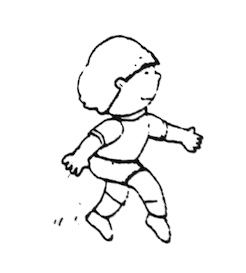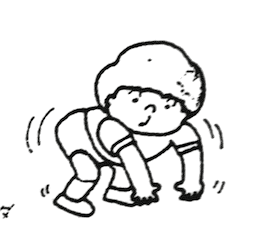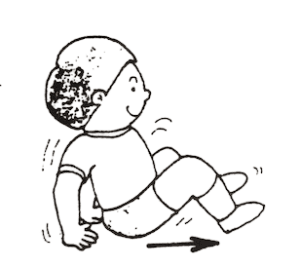Characteristics and Objectives To develop basic skills in various areas:
- Agility - the ability to respond to changes in direction of movement and quick changes in movement.
- Flexibility is the ability of one part of the body to connect with other parts of the body, such as straightening the feet and touching the toes, allowing the body to move to its maximum range of motion.
- Tendon strength is the strength used by the whole body or parts of the body, e.g. jumping strengthens the tendon strength of the feet, and singling strengthens the hands.
- Speed is the speed at which a series of movements are carried out. The need for proper speed control in activities is essential in all kinds of sports, and speed is also needed in life, such as driving a car or doing any activity.
- The sense of balance is the ability to maintain posture without falling over as your body touches less ground, an ability that is learned from the time you first learn to walk as a child.
- Endurance - the ability to sustain activity and to tolerate muscle fatigue.
- Coordination - The ability to perform several actions simultaneously.
- Adjusting power is composed of the following elements: 1. agility, 2. balance, 3. dexterity, 4. coordination, and the most important thing in adjusting power is flexibility, because of which there is more room for development.
If we want to improve adjustment in early childhood, we should start with the training of the motor nerve circuits in the cerebral cortex, which is the most basic, and in order to achieve this, we need to improve the neuromuscular coordination, and how to improve it? We need to learn a variety of different sports and practice them over and over again in order to gradually improve.
Master is a master of creating games.
If there is no sports equipment to use, but if the teacher has the physical knowledge and enthusiasm of the children, it is natural that many games can be created.

























